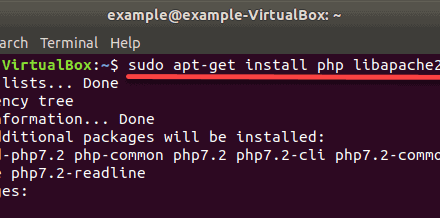For a software to be efficient and functional from design to launch, you need a good development model. Well, this is where RAD or Rapid Application Development comes in. It gives you the ability to develop prototypes rapidly for the purpose of testing functions and features. Best of all, there’s no need to be concerned about how the end product will be impacted.
Of course, before you can really adopt RAD for your software, you do need to understand more about it, including the benefits associated with it. In this case, the information below, will provide you with all the information that you need.
Understanding RAD
Believe it or not, RAD has been around for the last few decades. As a result, it has quite a few definitions attached to it. However, James Martin was one of the first people to explore the malleable nature of software, giving birth to RAD in doing so.
He defined it as the “development lifecycle designed to give much faster development and higher-quality results than those achieved with the traditional lifecycle.” But, what precisely does this mean?
RAD is a process through which the development cycle of an application is accelerated. It utilizes automated tools and technology to rearrange the manner in which information systems are constructed. As a result, RAD can replace hand-design and coding processes with automated design and coding.
The Phases of RAD
The RAD model has four phases. They are as follows:
Requirement Planning Phase
Now, compared to other project planning methods this phase is rather condensed. Nevertheless, it is an important step and will determine the success of the project. During this phase, the developers, software users, and team members will outline the goals of the project. At this point, issues will also be discussed.
In short, the following stage consists of:
· Investigating the current issue
· Outlining the fundamental requirements of the project
· Finalizing these requirements
Here, everyone’s approval is required. This way, there is less likely to be any disagreements later on. In turn, this can save everybody involved a great deal of time and money.
User Design Phase
This phase is where development is kickstarted. The design is constructed via various prototype iterations. Once again, the clients and developers work side by side. This allows for a more tailored approach that everyone is happy with.
The developer creates a prototype and the client tests it immediately. The results are discussed and then any changes that need to be made take place.
Construction Phase
In this phase, the prototypes and beta models are converted to a working model. Since virtually all the problems were dealt with in the previous phase, developers have the opportunity to proceed very quickly.
For the most part, you have the software development team working on the model. Nevertheless, the client is still allowed to provide input at this point.
Cutover Phase
This is where the finished product goes to launch. Therefore, it consists of data conversion and testing, culminating in the changeover to the new system. Any final changes are made now and the users are taught how to use the new system.
The Benefits of RAD
So, what are some of the advantages associated with rapid application development? Well, there are quite a few…
To begin with, this model makes it easier for you to break down a single project into smaller tasks. In doing so, you will find it easier to manage the project as a whole. Since RAD is based on task orientation, project managers can increase efficiency by assigning tasks to members who are most suited to them.
Of course, what most people appreciate is that there is far greater communication between the clients and the developers. Not only does this hasten the overall process, it also ensures that the clients are able to give input at every stage. In turn, this ensures that they will be far happier with the end result.
This is what the RAD model consists of. Once you have a proper understanding of the model and the phases involved, it becomes a much more likely option for your own project. As a result, you will be able to create an efficient product within a shorter period of time.











